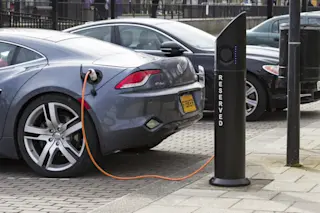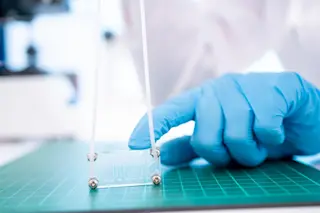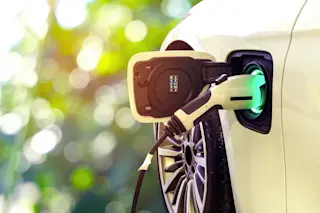The Lina biodegradable car. (Credit: Eindhoven University) A concept car in the Netherlands is constructed almost entirely of materials the grow in the soil. Called "Lina," the biodegradable car is the work of students at Eindhoven University of Technology and is composed mainly of sugar beet resin and flax. It weighs in at under 700 pounds and can reach a top speed of around 50 miles per hour. The four-seater runs on batteries and can go about 60 miles on a single charge, according to the university. The interior is admittedly a bit spare, but the car has a few luxury upgrades, like near-field communication technology to open the doors and a heads-up display that projects speed and other information onto the windshield. Working lights and turn signals qualify the car for the road, but it has yet to pass safety tests. One reason for this is the tendency of ...
A New Take on the Biodegradable Car
Discover the innovative Lina biodegradable car, crafted from sugar beet resin and flax by Eindhoven University students. Eco-friendly tech awaits!
More on Discover
Stay Curious
SubscribeTo The Magazine
Save up to 40% off the cover price when you subscribe to Discover magazine.
Subscribe













